
Available 24/7
Available 24/7

Imagine: A world where billions of tiny winged artisans work relentlessly, creating an incredible array of golden elixirs.
This isn't merely fantasy;
it's the grand reality of honey and the remarkable bees that orchestrate this spectacle. Their symphony of sweetness resonates across the globe, each strain as unique and captivating as the next.
An Epicurean Odyssey: The Top 20 Honey Varieties Across the Globe
From the flower to your table, each type of honey carries the story of a million little artisans working tirelessly to create nature's sweetest gift.
As we enjoy the many flavors of honey across the globe, let's remember to appreciate the bees, our tireless, winged companions in this sweet journey.
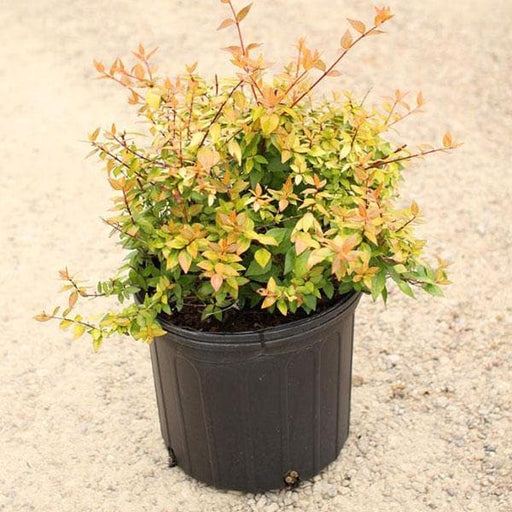 Sold out
Sold out
Abelia - The Elegant Landscape Plant Abelia, a genus of flowering shrubs in the honeysuckle family (Caprifoliaceae), is renowned for its g...
View full details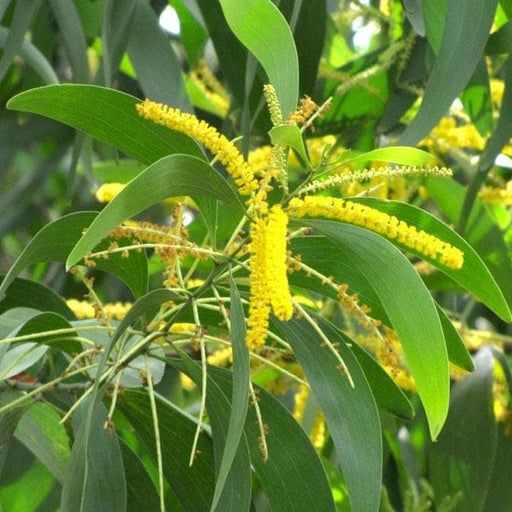 Sold out
Sold out
Acacia Auriculiformis - Australian Babul Plant The Acacia Auriculiformis, commonly known as Australian Babul, is a fast-growing tree nativ...
View full details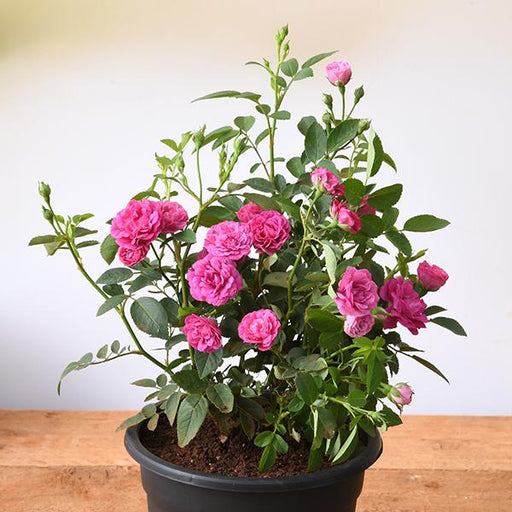
 Save 25%
Save 25%
Miniature Rose, Button Rose (Any Color) - Plant The Miniature Rose, also known as the Button Rose, is a charming and compact flowering plant that ...
View full details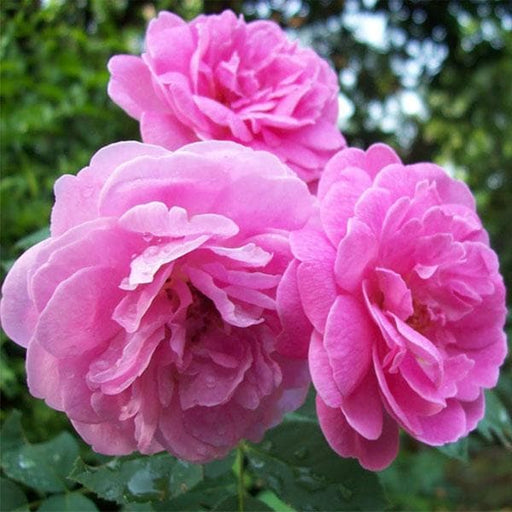 Save 25%
Save 25%
Damascus Rose, Scented Rose (Any Color) - Plant The Damascus Rose, also known as Rosa damascena, is a timeless symbol of beauty and romanc...
View full details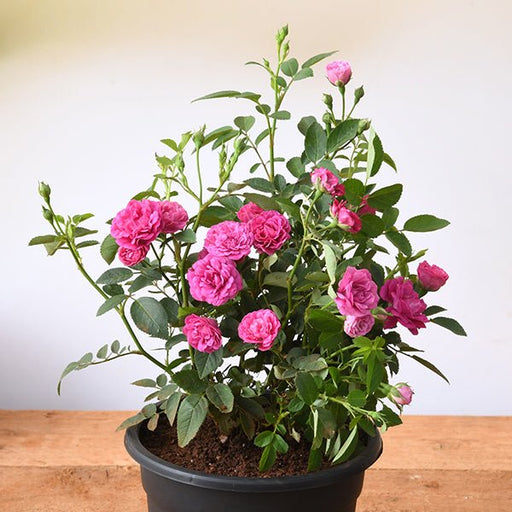
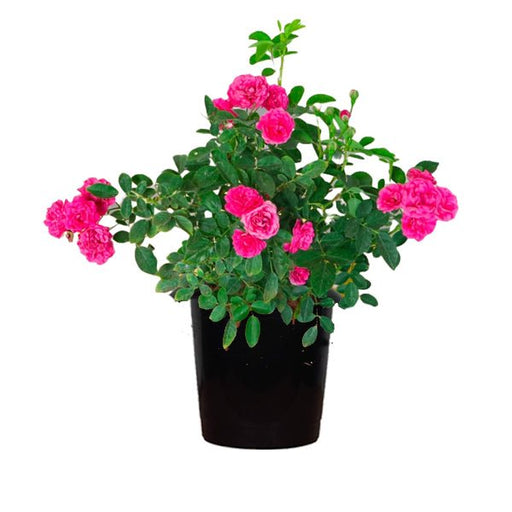 Save 25%
Save 25%
Miniature Rose, Button Rose (Pink) - Plant The Miniature Rose, also known as the Button Rose, is a charming and compact flowering plant that bring...
View full details
 Save 25%
Save 25%
Rose (Red) - Plant The Red Rose (Rosa rubiginosa) is a timeless symbol of love and passion, renowned for its stunning blooms and enchanting fragra...
View full details
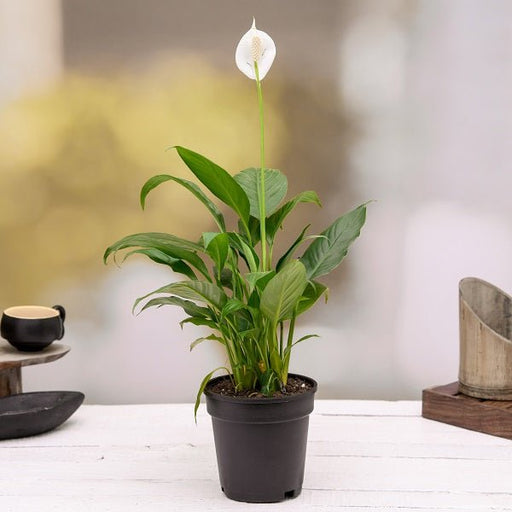 Save up to 15%
Save up to 15%
Peace Lily, Spathiphyllum - Plant The Peace Lily, scientifically known as Spathiphyllum, is a stunning houseplant celebrated for its elegant white...
View full details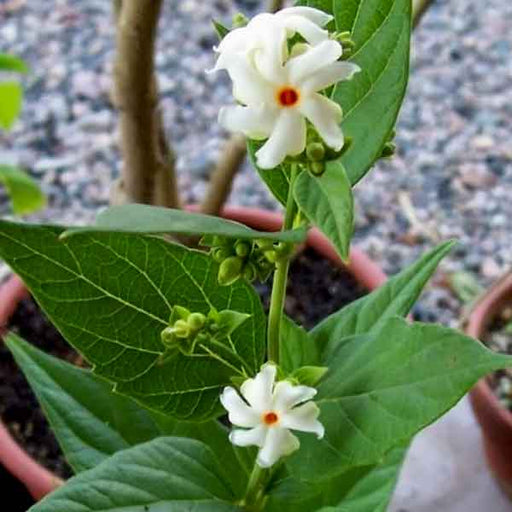
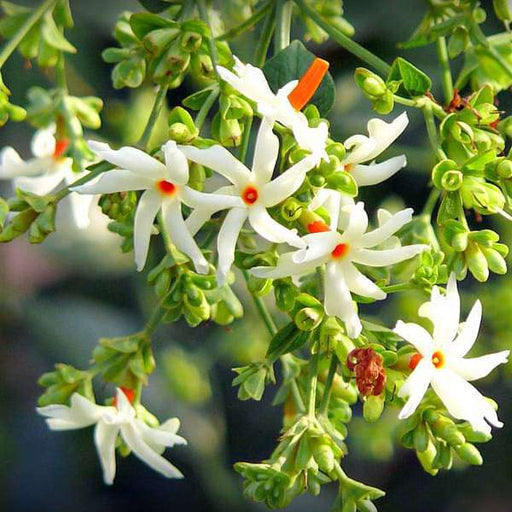 Save 18%
Save 18%
Combo Constituents Includes the Parijat Tree (Night-Flowering Jasmine), a culturally significant plant with fragrant flowers. Description The Pari...
View full details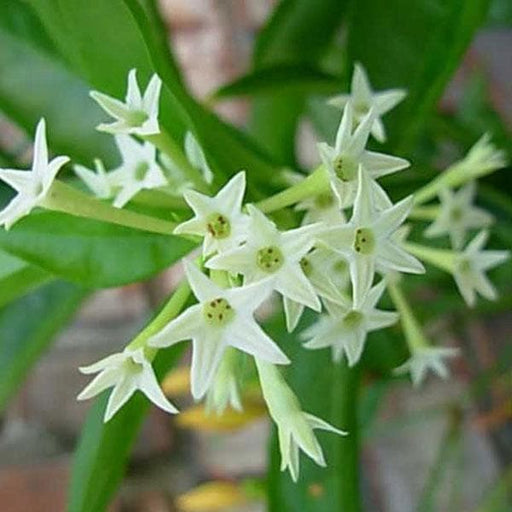
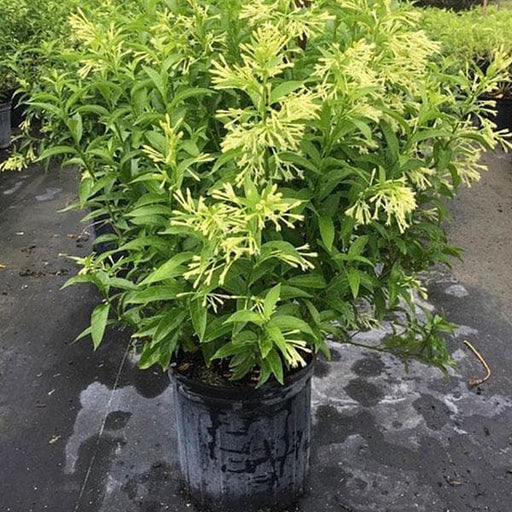 Save 25%
Save 25%
Description Raat Ki Rani (*Cestrum nocturnum*), also known as Night Blooming Jasmine, is a fragrant shrub native to the Caribbean and Central Ameri...
View full details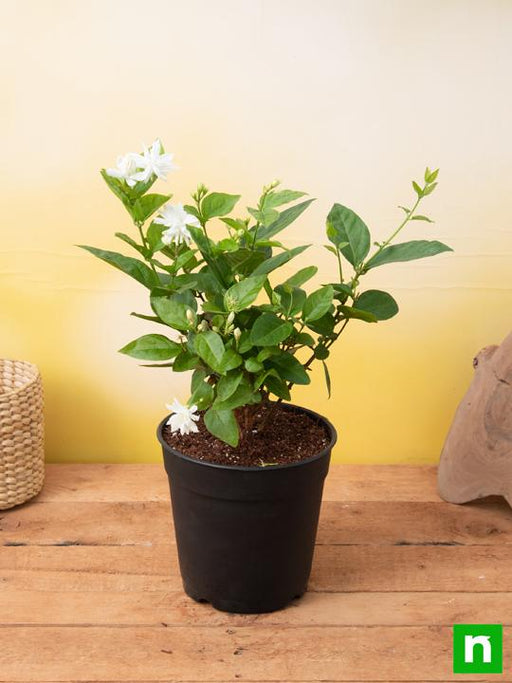
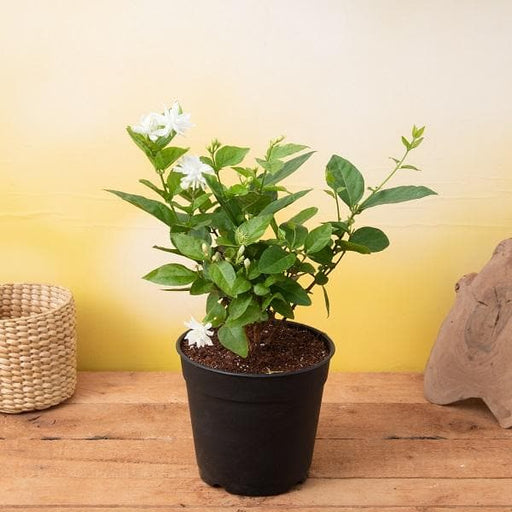 Save 25%
Save 25%
Jasminum sambac, Mogra, Arabian Jasmine - Plant Jasminum sambac, commonly known as Mogra or Arabian Jasmine, is a fragrant flowering plant...
View full details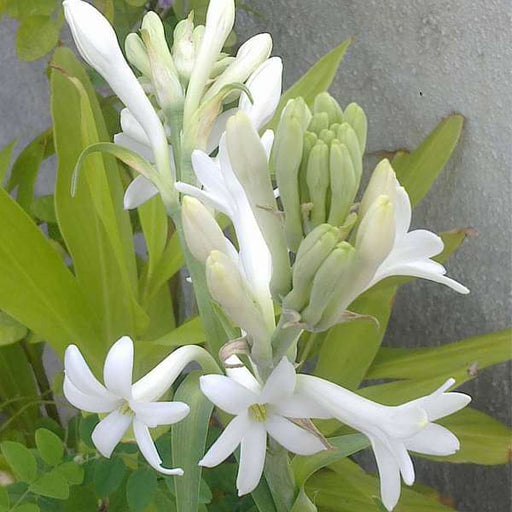
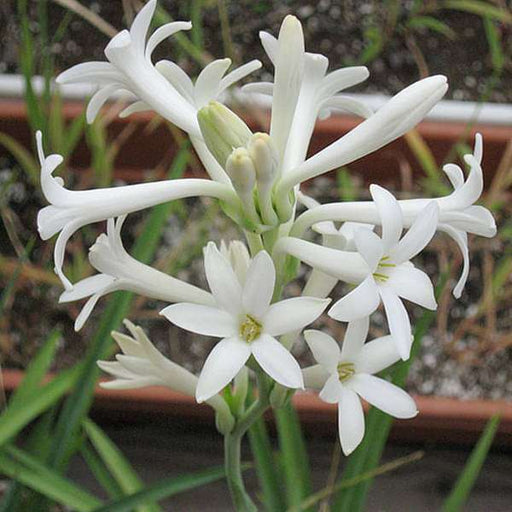 Save 17%
Save 17%
Rajnigandha, Tuberose - Plant The Rajnigandha, scientifically known as Polianthes tuberosa, is a captivating perennial plant renowned for ...
View full details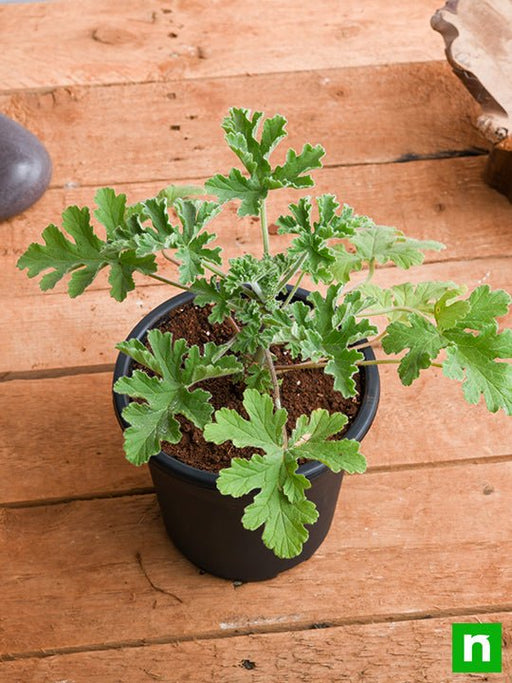
 Sold out
Sold out
Citronella, Odomas - Plant The Citronella plant, scientifically known as Cymbopogon nardus, is a tropical grass renowned for its aromatic ...
View full details Save 25%
Save 25%
Damascus Rose, Scented Rose (Any Color) - Plant The Damascus Rose, also known as Rosa damascena, is a timeless symbol of beauty and romanc...
View full details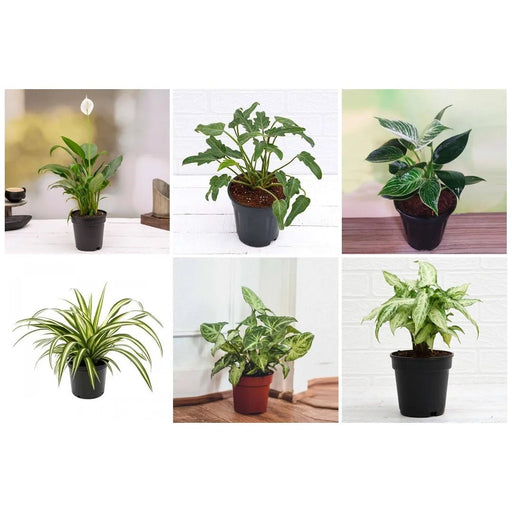
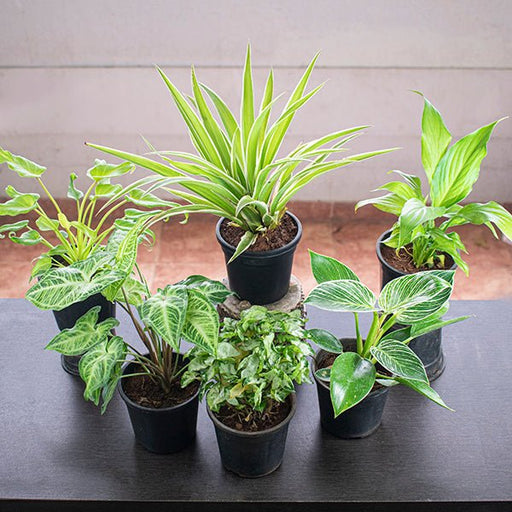 Save 35%
Save 35%
Best 6 Plants for Perfect Indoor Garden Transform your living space into a lush oasis with our curated collection of the Best 6 Plants for a...
View full details
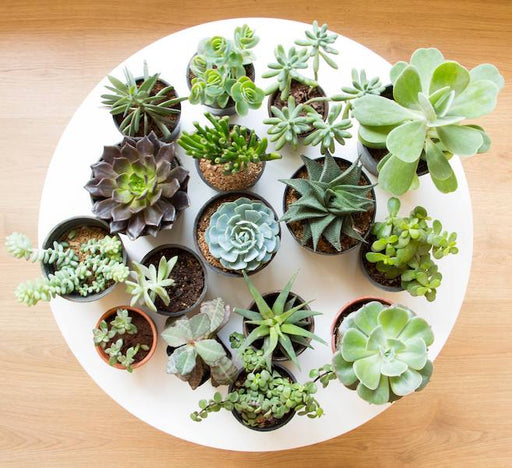 Save up to 50%
Save up to 50%
Mini Succulent Garden Pack Transform your space with our Mini Succulent Garden Pack, featuring a delightful collection of 4 any variety beautiful s...
View full details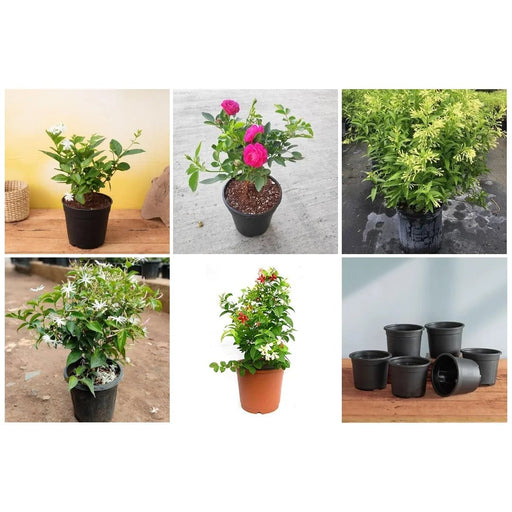
 Save 30%
Save 30%
5 Best Fragrant Plants Transform your garden or indoor space into a fragrant paradise with our curated selection of the 5 Best Fragrant Plants. Th...
View full details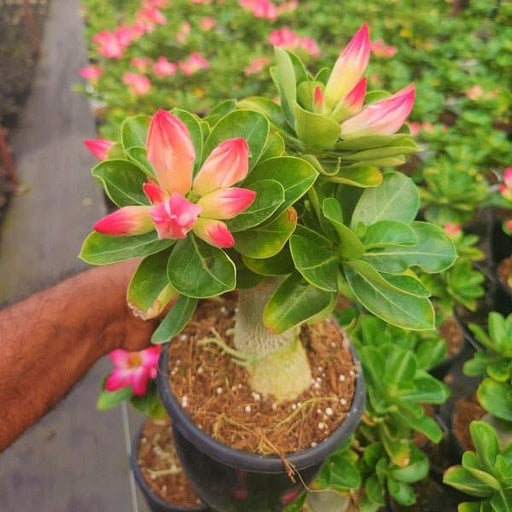
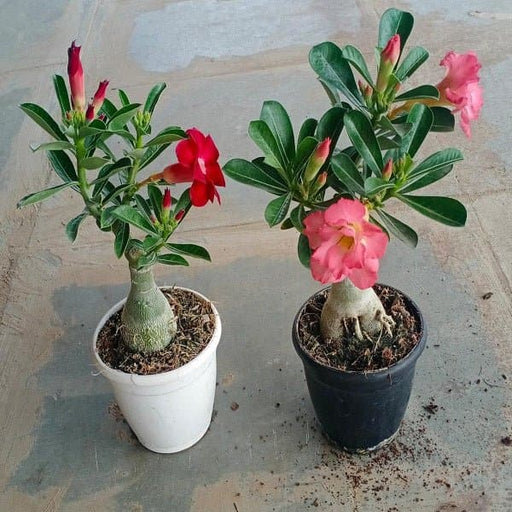 Save 24%
Save 24%
Set of 2 Bonsai Looking Grafted Adeniums Transform your indoor or outdoor space with our exquisite Set of 2 Bonsai Looking Grafted Adenium...
View full details Save 45%
Save 45%
Top 4 Die Hard Succulents Pack Transform your indoor or outdoor space with our Top 4 Die Hard Succulents Pack, featuring a curated selecti...
View full details
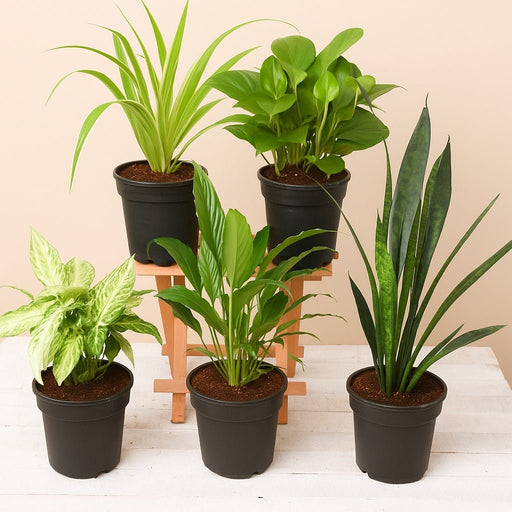 Save 30%
Save 30%
5 Best Indoor Plants Pack Transform your living space into a lush oasis with our '5 Best Indoor Plants Pack.' This carefully curated collection fe...
View full details
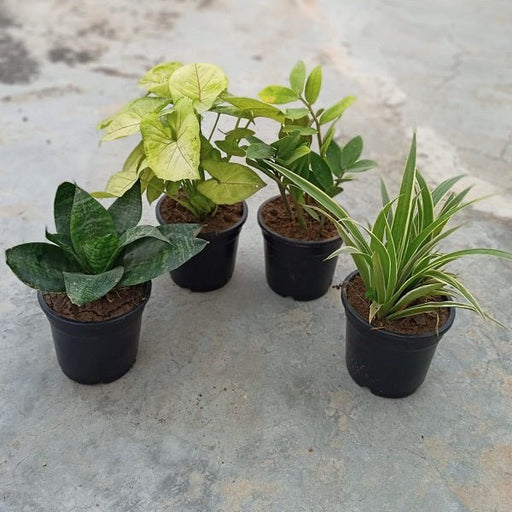 Save 25%
Save 25%
Set of 4 Evergreen Air Purifier Plant Pack Transform your indoor space into a lush, green oasis with our Set of 4 Evergreen Air Purifier Pla...
View full details
Leave a comment